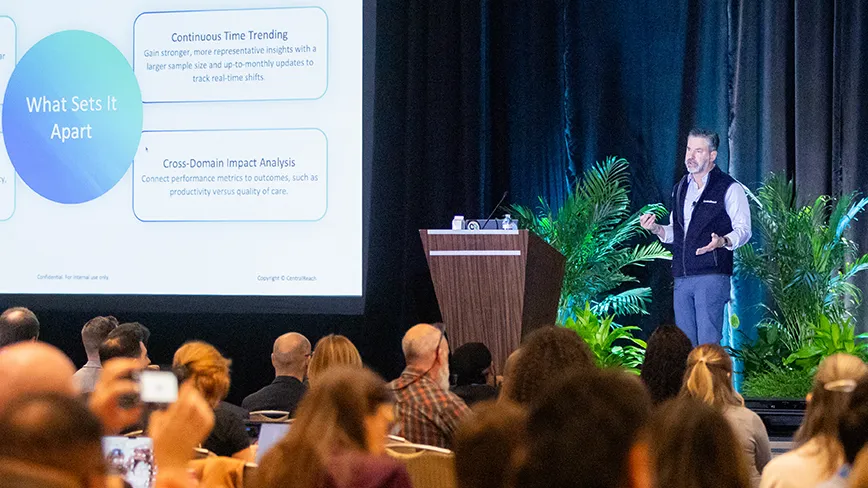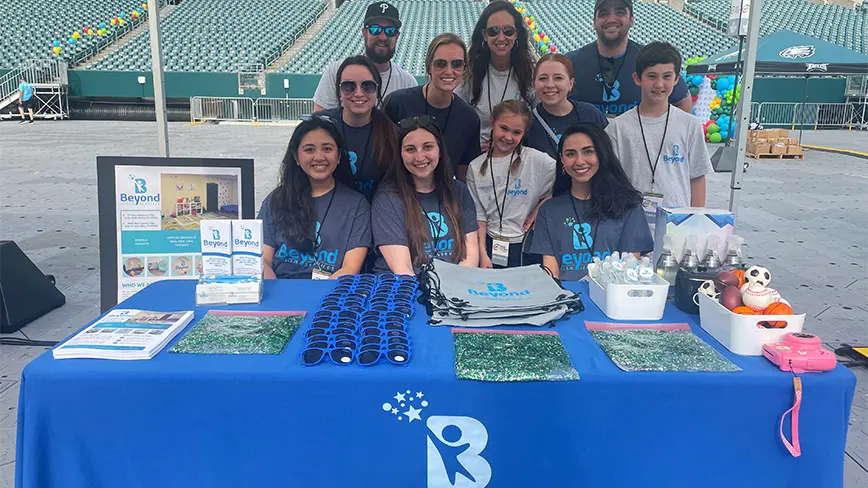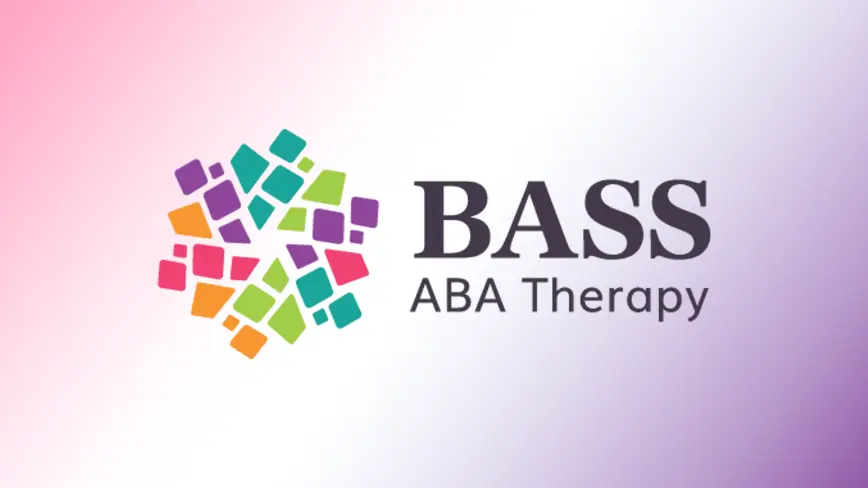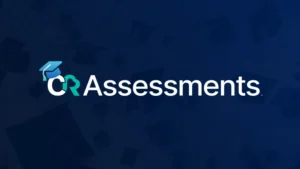Summer learning loss, also known as the “summer slide,” is a well-researched phenomenon that refers to the decline in academic skills that occurs during the summer months. Each fall, educators grapple with the challenge of teaching new skills while also reteaching skills that were not maintained between school years.
Summer learning loss can accumulate over time, further impacting achievement gaps, particularly for economically disadvantaged and special education students. Let’s review some of the research on summer learning loss and how it can affect children with autism, IDD, and other special needs.
Learning Lost in the Summer Months
Researchers have found varying results on just how much learning is lost during the summer. Several factors contribute to summer learning loss, including the level of school-year gains, current grade level, socioeconomic status, special education needs, and the availability of summer enrichment activities. A 2021 study found that the average student lost between 17% and 28% of their ELA school-year gains and 25-34% of their school-year math gains during the summer (Atteberry & McEachin, 2021).
Summer Learning Loss Accumulates
The early years of a child’s education set the foundation for skills that will support later learning. Research has shown that the effects of summer learning loss may not be as evident in the younger grades. However, the losses accumulate over each year, adding up to substantial learning deficits by the time a student enters high school (Alexander, Entwisle & Steffe Olson, 2007).

Summer Learning Loss Disproportionately Affects Students of Lower Socioeconomic Status
While children from higher socioeconomic backgrounds are not immune to the effects of summer learning loss, research has found that the effects are more pronounced in those of lower socioeconomic status (Cooper et al., 1996). For economically disadvantaged students, summer learning loss can significantly further the achievement gap, affecting future life success. Researchers surmise that this is largely due to the access to resources and summer enrichment programs that children of higher socioeconomic status have, allowing them to continue learning throughout the summer months (Alexander, Entwisle, & Steffe Olson, 2007).
Children with Disabilities Experience Greater Losses in Learning During the Summer
Children with disabilities commonly experience wider achievement gaps when compared with their general education peers. Research shows that children with disabilities fall well behind the proficiency rates of their peers, with average score gaps of 30 to 40 points. Despite this disparity, during the school year, children with disabilities make as much, or even more, progress in reading and math test scores. However, summer learning loss is significantly more pronounced in students with disabilities. On average, students with disabilities lose 1.2 to 2.1 RITs per month during the summer, compared to their general education peers’ 0.4 to 0.8 RIT loss. Researchers, therefore, believe that this summer learning loss differential can play a significant role in further widening the gap in scores for children with special needs (Johnson & Barker, 2021).
Reversing the Slide with Strategic Support
While the average student experiences a regression in academic skills during the summer, research on MAP score comparisons found 22-38% of students gained academic skills during summer break (Kuhfield, 2019). This highlights an important truth: with the right resources, opportunities, and support, summer can be a time for learning and growth.
Reducing the Impact of Summer Learning Loss on Your Special Education Students
Educators play a vital role in facilitating summer enrichment opportunities and reducing the likelihood of summer learning loss. In our guide, Combat Summer Learning Loss: Reduce the Impact of the Summer Slide on Your Special Education Students, we delve into how enhanced assessments can inform summer learning plans, strategies for encouraging summer learning, and best practices for collaboration to enhance learning.






